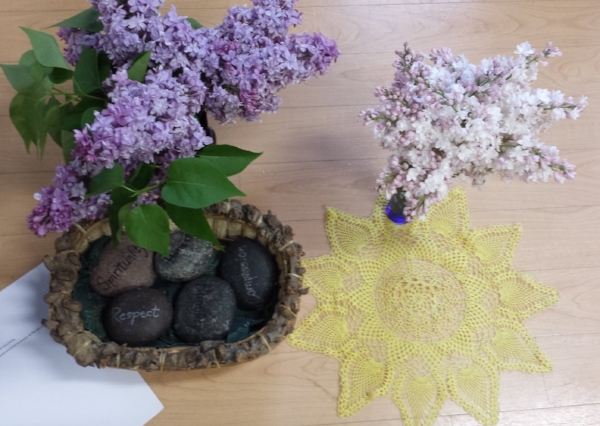In light of the school shooting in Florida, it is important that we open the conversation. At Hamline this is what our professors hoped to do. The amazing part, they chose to do so in a circle setting.
Circle can be used not only for those who have committed an offense, but for members of communities, as large as nationwide, to discuss feelings, reactions, and results of events. So often, we take the debate after something like this to social media, and it becomes hard to have a true conversation. The nature of social media makes it seem like the perfect setting, as you are removed from each other, and can speak freely. But do you really hear the others?
On Friday February 16, a group of students from Hamline university gathered to attempt just that. We laid out the facts, and then opened the conversation. By using a circle setting (or in this case, many small circles) everyone was able to voice their opinions. It gave us the chance to work through some of the feelings we had been experiencing.
Later in the event, we were able to talk openly about ideas, and beliefs revolving around these tragedies. Why do they keep happening? What can we do on nationwide, community, or individual levels? How do we have to change, and how do we address this subject? It's a hard one, and many of the questions asked above, and at the event are hard to think about, and even harder to answer. But being together face to face, with the ability to each speak and the intent to hear, not solely to answer, it became possible to begin to work through it. We were able to to circulate ideas, and to connect with others. Most importantly, it provided a reminder that none of us are facing this alone, and that all our voices should be, and need to be heard. There was no hard divide over one issue or another, but the ability to speak your own beliefs, and see where they could be applied to others.
It is in this time, where we need to make a change. And it is then, that we need more than ever, to have the ability to hear others, and not simply to be focused on our own ambitions, or beliefs. It is most important, to make these conversations something that all people can engage in. Ing act, there are several schools who are hosting circle sessions in order to get students talking, and ideas circulating. The ability to truly converse, in the way circles allow, is a skill that will be incredibly important as we try to move forward, in finding peace, and in finding solutions, and ways to help.
My heart goes out to all those involved, and so do my voice, and my ears. ~Miranda




